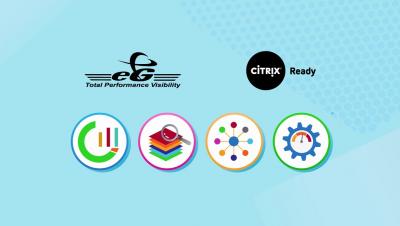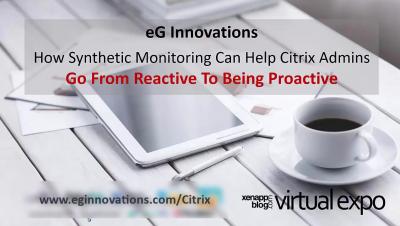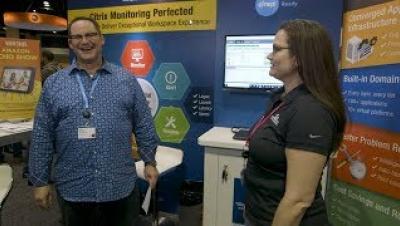Office 365 Performance Monitoring and Troubleshooting: What Microsoft Can't, But eG Enterprise Can
A recent analysis by Skyhigh Networks on 27 million employees rated Microsoft Office 365 as the most widely popular enterprise cloud service by user count. While Office 365 offers a wide range of Microsoft products on a subscription basis, from the cloud, one of its popular offerings is SharePoint Online. A recent Hyperfish, Sharegate, Nintex and LiveTiles survey estimates that adoption of SharePoint Online grew to 50% in the last year.





